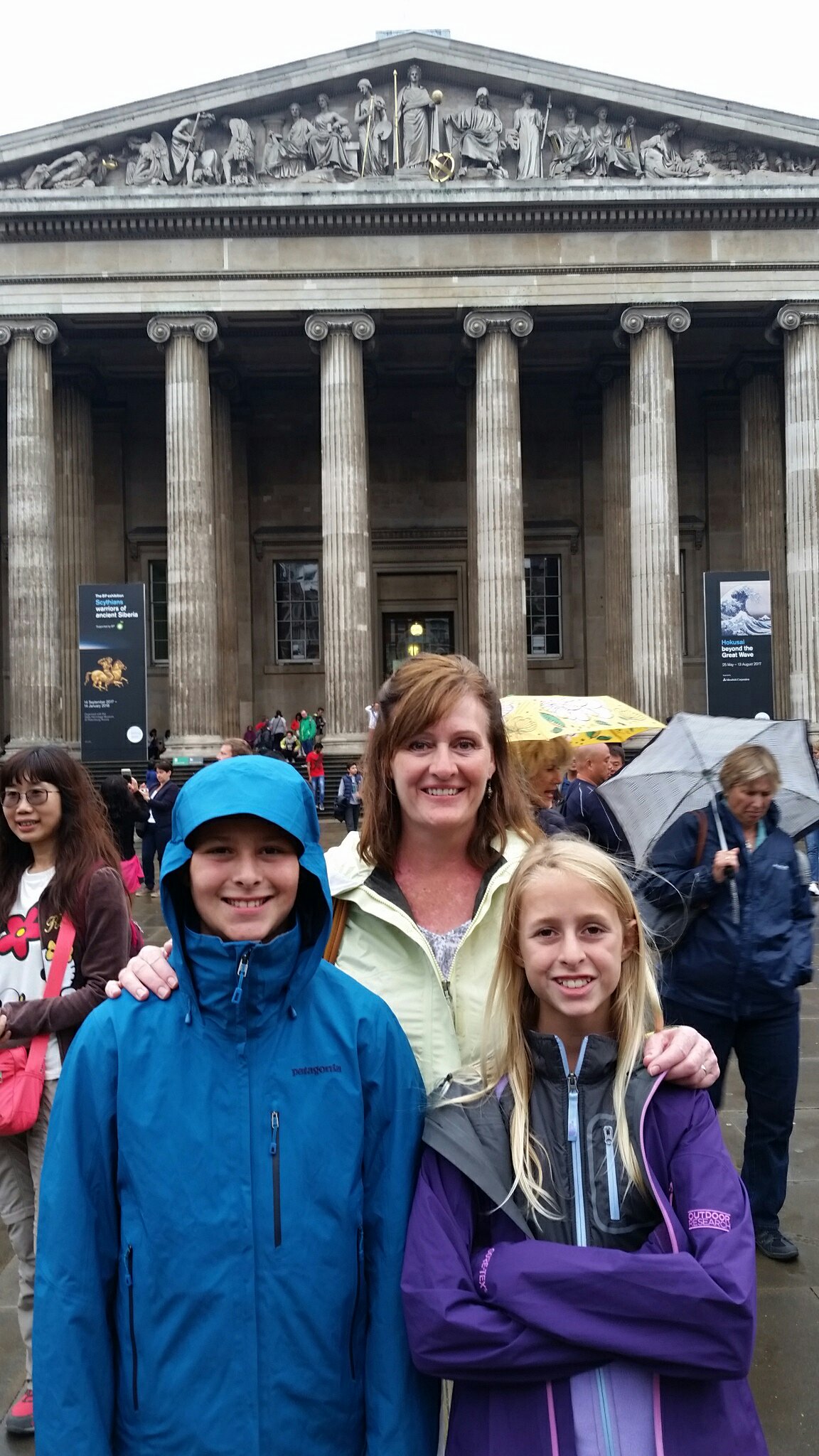
by Jason Bowles | Nov 13, 2017 | Australia, Jason

Room with a view
Fifteen hours, non-stop from Los Angeles—that’s a long flight. Not our longest, but close to it. Sydney is different, though. Usually the further you get from home, things change. The longer the flight, the more exotic the destination. Not Sydney. The most remarkable thing about the fifteen-hour flight to Sydney is that, on arriving, you feel like you never left home. Not that it is like any one place, it just doesn’t feel “foreign”. It’s not the language—English is the official language elsewhere, but when in London or Singapore there is no question that you have left the United States far behind.
Arrived in Sydney this morning, checked into the Quay West Suites. Easy to settle into vacation mode when you have this iconic view from your room!
by Jason Bowles | Aug 7, 2017 | Jason, Scotland
Fantastic! Military bands, dancers, and especially pipers playing in front of the Edinburgh Castle. The finale was especially poignant–a lone piper standing on the ramparts of the castle high above the field playing “Sleep, dearie, sleep”.

by Jason Bowles | Aug 2, 2017 | England, Jason
Lovely London weather.


by Jason Bowles | Jul 31, 2017 | England, Jason
We were lucky enough to have arranged special access to Stonehenge through the English Historical Society. It was brisk at 6 am when we drove into an empty parking lot. The visitor center was closed; the place was empty except for a few others lucky enough to have access inside the ring of stones. We boarded the bus to the monument with only a dozen others. When we arrived, the small rope barrier around the stones was open–we had access to the entire site. The only condition: Don’t touch the stones.
 Stonehenge at sunrise, before the crowds arrive.
Stonehenge at sunrise, before the crowds arrive.
On our journey up from Portsmouth, we had heard Stonehenge described as “smaller than I thought it would be.” From a distance, I can understand that sentiment. Walking between the stones, though, you can’t help but be impressed with the massive size of these stones. Just standing stones of this size would be an impressive feat for a Neolithic culture, but these stones were transported many miles to the site. Then, they were shaped to stand with the sarsen (upright) stones supporting massive lintels interlocking with mortise and tenon joints. The lintels themselves interlock with tongue-in-groove joints; it is no accident that these stones are still standing over 4,000 years after they were raised.
We returned later in the day to find the parking lot full to capacity, with line nearly an hour long just to buy tickets to enter the site. I had to ride the bus out again and see for myself what everyone else sees on a typical trip to Stonehenge.

A different perspective of Stonehenge.
Needless to say, if you are going to Stonehenge and plan far enough in advance, contact the English Historical Society and try to get access inside the ring of stones.


by Jason Bowles | Jul 30, 2017 | England, Jason

Salisbury Cathedral

by Jason Bowles | Jul 27, 2017 | France, Jason

Eiffel Tower at sunset.

Eiffel tower at night.






 Stonehenge at sunrise, before the crowds arrive.
Stonehenge at sunrise, before the crowds arrive.





